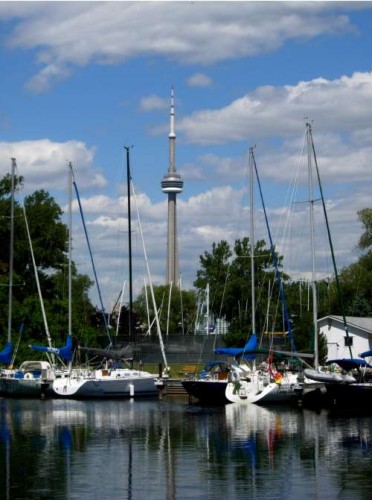
Finding gluten-free food while traveling is an obvious challenge, but I’ve been hearing lately from readers who are having a tough time eating at home. One reader in Canada was appalled when she began to place an order at the online Gluten-Free Mall and discovered that it would cost $34 just to ship a one-pound parcel to her (unfortunately, the Mall doesn’t post its shipping charges on the site, so potential customers are sometimes in for a shock when they reach the checkout stage).
Living in New York means having lots of options, since grocery chains such as Trader Joe’s and Whole Foods carry plenty of gluten-free products, as do independent stores such as Natural Green Market. In other parts of North America, it can be tough to find gluten-free baked goods, pasta, and other essentials. For those who depend on mail-order to get their gluten-free groceries, here’s some advice:
- Find manufacturers that ship products to customers directly: A few companies, such as Shabtai Gourmet, make this incredibly easy. Shabtai, which makes cakes, cookies, and other treats that are gluten free, lactose free, soy free, and casein free, ships its products anywhere in the continental US — for free. Kinnikinnick Foods ships its celiac-safe bagels, breads, donuts, and other products to Canada and the US; as you order, a tally of charges, including shipping, adds on the upper right corner of the page, so there are no upsets at checkout.
- Remember to comparison shop: Gluten-free products tend to be expensive in North America, and there are no government subsidies for celiacs, as there are in countries such as Italy and Turkey. I’ve found Amazon to be a great place for deals on basics such as gluten-free pasta. Amazon is a bit like Costco, in that you have to buy in bulk, so instead of purchasing one package of Bob’s Red Mill Gluten-Free Homemade Wonderful Bread Mix, you need to buy four; in the case of Tinkyada Brown Rice Spirals with Rice Bran, you’d need to purchase a pack of 12. However, when you compare Amazon’s prices to certain sites that market themselves to gluten-free consumers, Amazon’s are great deals. Also, “Gluten-Free” is a major category in Amazon’s grocery department, so products are easy to find — and shipping is free on orders of $25 or more.
- Read product reviews: It can be tempting to order treats that you’ve been missing, but we know that not all gluten-free products are equally good. In fact, some have the consistency and flavor of cardboard. Unfortunately, with products for delivery, you usually can’t send them back if you don’t like them. Before you order something new, be sure to check out sites such as Gluten Free Food Reviews; Amazon is also useful for its product reviews, even when you’re not ordering from the site.
- Know that some restaurants do mail-order, too: New York’s Risotteria immediately comes to mind. Have you tried the Fudgie yet? You really should. My favorite local bakery, Babycakes, delivers, too. (By the way, Babycakes has its first-ever cookbook coming out; click on “Recommended Reading” to see it.)
- Check out the great lists of gluten-free retailers that have already been compiled: Gluten-Free in SD has a great one, and it’s not just for people who live in San Diego. The Celiac Handbook has links to an exhaustive list of companies that ship gluten-free products. A listing isn’t an endorsement, but it’s still a great place to start.
- Shop locally when possible: Some American companies won’t ship outside of the continental US. However, Canadians have the option of shopping from Toronto’s Specialty Food Shop, which I’ve written about before. The SFS will even ship frozen foods. In Hawaii, Sweet Marie’s (which reader Liisa wrote about here), delivers locally and internationally.
*Â Â Â Â Â Â Â Â Â Â *Â Â Â Â Â Â Â Â Â Â *
Just a reminder: there’s a Gluten-Free Guidebook group on Facebook, where members are posting fascinating news, such as the attempt by Australian researchers to develop a vaccine for celiac disease (thanks, Bruno!). Also, I’m now on Twitter, and if you’d like to follow me there, I’m @hilarydavidson.

